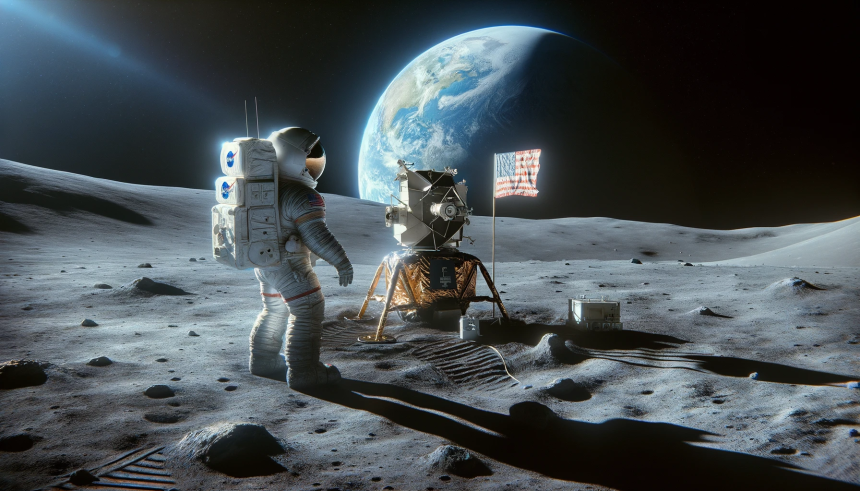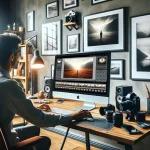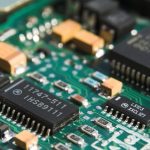NASA is implementing a critical change to the Hubble Space Telescope‘s operation by switching it to use only one gyroscope. This decision follows a series of tests and evaluations after one of Hubble’s gyroscopes began to fail. This move aims to ensure that Hubble continues its astronomical observations into the next decade, despite the malfunctioning gyro. The strategy to use a single gyro not only prolongs the telescope’s operational life but also maintains most of its observation capabilities.
The Hubble Space Telescope, launched in 1990, is a space observatory that has significantly advanced our understanding of the universe. Equipped with powerful instruments, it captures high-resolution images of astronomical phenomena. Initially designed to last 15 years, Hubble has far exceeded its expected lifespan, providing valuable data for over 30 years. Developed by NASA, it has undergone several servicing missions to maintain its functionality, with the last major upgrade occurring in 2009.
NASA’s latest move reflects a well-thought-out plan, originally devised over 20 years ago, to keep Hubble operational with minimal gyros. Previously, the Hubble operated in a two-gyro mode from 2005 to 2009, which is similar to the one-gyro mode. During a brief test in 2008, the one-gyro mode showed no significant impact on the quality of scientific observations. This history of adaptable operations underscores NASA’s commitment to extending Hubble’s mission as long as possible.
Past issues with Hubble’s gyroscopes have occasionally put the telescope into safe mode, which temporarily halts scientific observations. Each time, NASA engineers successfully resolved these problems, allowing Hubble to resume its mission. The current issue, described as gyro “saturation,” has posed a more persistent challenge. The faulty gyro returns maximum slew rate values regardless of actual movement, necessitating this strategic shift to one-gyro mode.
Expected Limitations
Operating the Hubble on a single gyro will introduce some limitations. The telescope will take longer to lock onto its targets and will lose some observational flexibility. Additionally, it will be unable to track fast-moving objects closer than Mars. Despite these minor drawbacks, the majority of Hubble’s functions and scientific contributions will continue unaffected.
Implications for Future Observations
Reconfiguring Hubble’s operations involves both spacecraft adjustments and ground system updates. This transition process is expected to be completed by mid-June, allowing the resumption of scientific observations. By operating in one-gyro mode, Hubble will continue its valuable contributions to astronomy alongside newer telescopes like the James Webb Space Telescope and the future Nancy Grace Roman Space Telescope.
– Hubble’s switch to one-gyro mode will extend its operational life.
– The change follows persistent issues with one of the remaining gyros.
– NASA has a proven history of adapting Hubble’s operations to maintain its scientific output.
NASA’s decision to shift Hubble to one-gyro mode highlights the agency’s dedication to maximizing the telescope’s lifespan and scientific contributions. This strategic move is rooted in decades of planning and previous successful operations with fewer gyros. Despite the limitations, Hubble’s primary functions will remain intact, ensuring that it continues to produce valuable astronomical data. This move represents a balance between innovation and preservation, allowing Hubble to remain a cornerstone of astronomical research for years to come.










